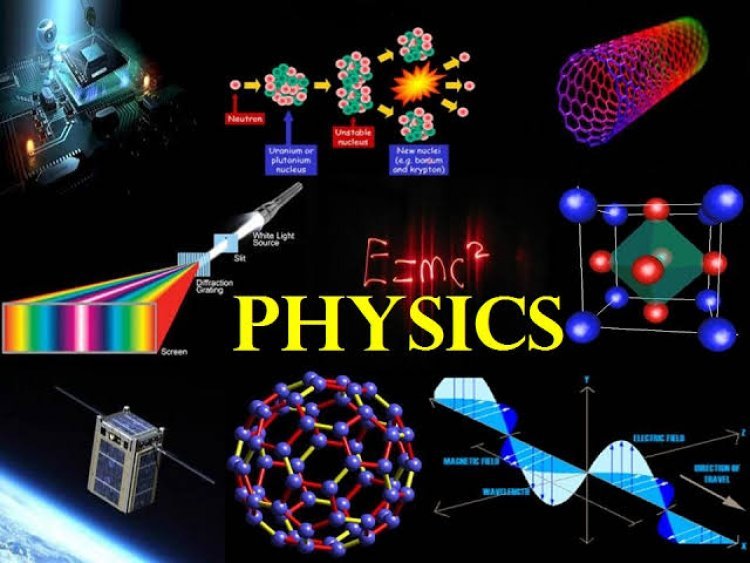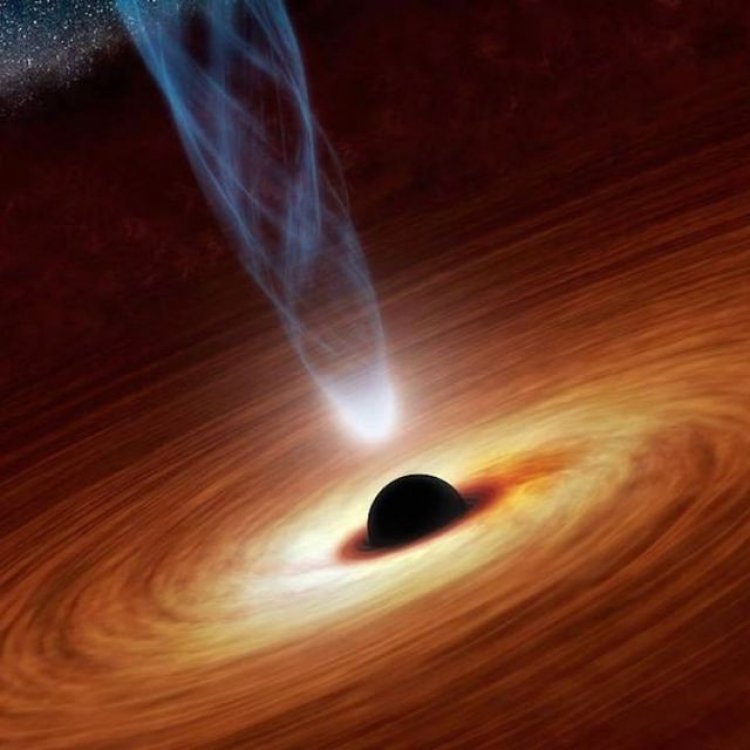Effects of physics in the Universe
Influence of physics over our universe is limitless. In every aspects of it, physics prevails. Here are some examples to disclose the effects of physics in the universe.

EFFECTS OF PHYSICS IN THE UNIVERSE
Why waterfalls are white in colour?
As we all know, water is colourless but, when it comes to waterfalls it appears to be in white colour. The reason is that oxygen is dissolved in water and when this waterfalls down like a waterfall, this dissolved oxygen will evaporate to the gaseous state. As a result, a lot of tiny water droplets have formed that act like small mirrors. As the tiny mirrors reflect light, these tiny bubbles also reflect light in different angles in various directions. This phenomenon is known as the scattering of light. Due to diffuse reflection, when the light scatters, it becomes white in colour. This is how the water appears in white colour when falls from a height.
Why black holes are black?

At the end of the life cycle of giant stars, they explode to form black holes and this outburst is known as ‘Supernova'. The size of the black hole formed by collapse will be smaller if the star has enough mass. This heavy mass and small size lend it a greater and strong gravity. As a result, nothing can pass through it either light instead, absorbs all the light and forms a black hole. By this immense absorption of light and other matters around them, they grew larger. These black holes are even able to consume other stars. As they don’t reflect light, we can’t see them.
Why the sun appears to be red in colour at sunset?
The scenery of the flaring sun at sunset is a ferocious experience. But have you ever thought that why the sunlight at noon is white in colour but changes to this fiery red colour at sunset? Because sunlight is a white light that comprises different colours of different wavelengths. During sunset, as the sun reaches the horizon the sun rays are in slanting and they have to pass through longer way through the lower atmosphere. These lower layers of the atmosphere consist of aerosols, which in turn form from sources like soil, ocean, plants, burnt fossil fuels etc. Thus, the scattering effect is magnified as the lower atmosphere have more aerosols. This results in more red light being scattered towards us than any other light.
Why do clouds have different shapes?

Clouds are the composite of water droplets and ice particles. The shape of clouds depends on the temperature, height, time and the change in the wind. During the daytime, clouds seem to be flattened and by evening, they look thinner. There are various types of clouds. Cumuli-form clouds are with a mushroom shape, stratiform clouds look like flat, dull layers and cirriform clouds are thin like hair.
Physics is not only confined to Newton’s law or others. It has vast dominance over our nature and even the universe.

















